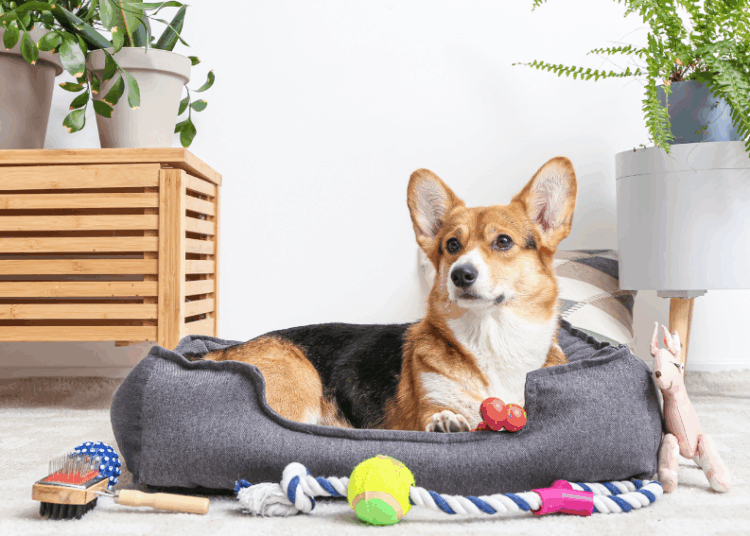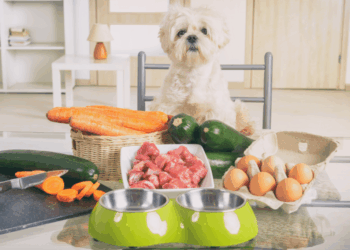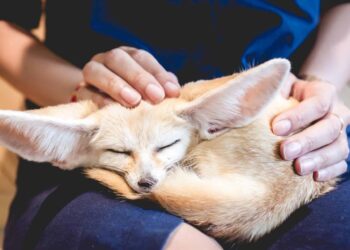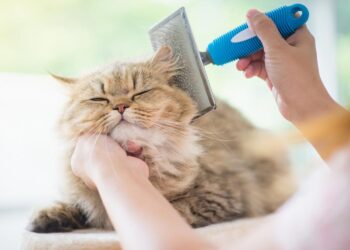As environmental consciousness grows globally, so does our desire to extend sustainable practices to every aspect of our lives, including how we care for our beloved animal companions. The pet industry, historically a significant contributor to waste and resource consumption, is undergoing a transformative shift towards eco-friendly pet products. This movement is driven by a powerful combination of consumer demand for responsible choices, innovative manufacturing, and a deeper understanding of the interconnectedness between planetary health and the well-being of our pets.Moving beyond conventional offerings, eco-friendly pet products encompass everything from biodegradable waste bags and sustainably sourced food to recycled toys and natural grooming supplies. This comprehensive guide will explore the compelling reasons behind this green evolution, highlight key categories of sustainable pet products, discuss the benefits of making eco-conscious choices, and provide practical advice for pet owners looking to minimize their pet’s environmental footprint. Embracing greener alternatives isn’t just a trend; it’s a vital step towards a healthier future for both our pets and the planet they share with us.
The Environmental Impact of Conventional Pet Products
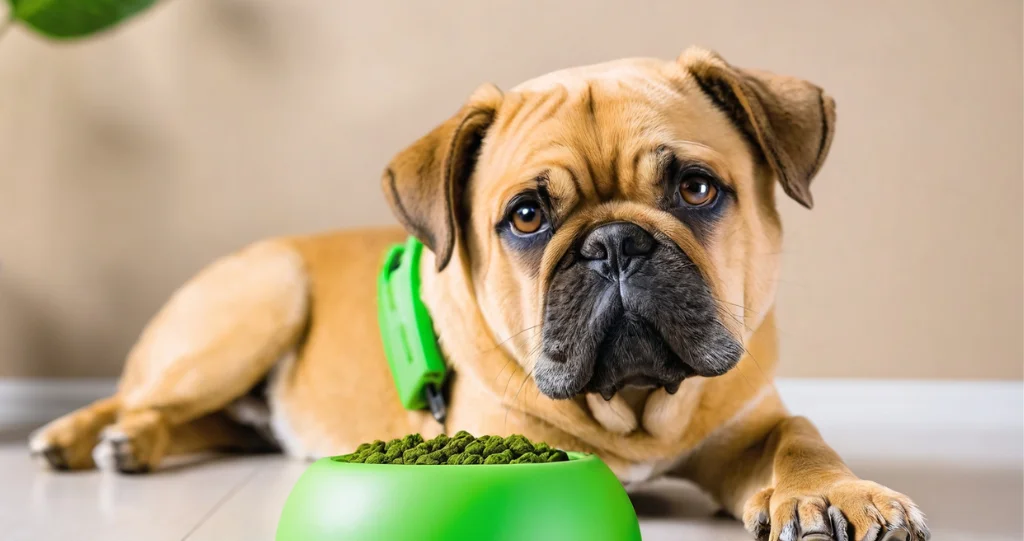
Before diving into solutions, it’s crucial to understand the challenges posed by traditional pet product manufacturing and consumption. Our pets, despite their relatively small size, collectively leave a substantial environmental “paw print.”
A. Waste Generation
- Plastic Packaging: A vast majority of pet food bags, treat pouches, and toy packaging are made from non-recyclable or difficult-to-recycle plastics, contributing to landfills and ocean pollution.
- Pet Waste: Billions of pounds of pet waste (feces) are generated annually. If not properly disposed of, it can contaminate water sources with bacteria and parasites. Traditional plastic waste bags further exacerbate the plastic pollution problem.
- Disposable Products: Items like single-use training pads, certain litter types, and worn-out toys often end up in landfills.
B. Resource Consumption
- Pet Food Production: As discussed in previous articles, conventional pet food production is resource-intensive, particularly for meat-based diets, contributing to land degradation, water consumption, and greenhouse gas emissions.
- Raw Materials: The manufacturing of collars, beds, toys, and other accessories often relies on virgin plastics, synthetic fabrics, and non-sustainable materials.
C. Chemical Exposure
- Grooming Products: Many conventional pet shampoos, conditioners, and cleaning sprays contain harsh chemicals, artificial fragrances, and dyes that can be harmful to pets, pollute waterways upon rinsing, and impact indoor air quality.
- Pest Control: Chemical flea and tick treatments, while effective, can pose environmental risks if they enter water systems or soil.
- Synthetic Fabrics: Pet beds, clothing, and toys made from synthetic materials like polyester can shed microplastics during washing, contributing to ocean pollution.
D. Ethical Sourcing Concerns
Beyond environmental impact, some pet products involve sourcing practices that raise ethical questions, such as unsustainable harvesting of certain ingredients or animal testing.
Recognizing these impacts has catalyzed a powerful movement towards more responsible and eco-conscious pet product alternatives.
Key Categories of Eco-Friendly Pet Products
The market for sustainable pet products is rapidly expanding, offering greener choices across virtually every aspect of pet care.
A. Sustainable Pet Food and Treats
This is arguably the area with the most significant environmental impact and therefore the most innovation.
- Alternative Proteins:
- Insect-based diets: Highly sustainable, requiring significantly less land, water, and feed than traditional livestock, with lower greenhouse gas emissions. Insects are also a complete protein source.
- Plant-based/Vegan options: Made from legumes, grains, and vegetables, these diets eliminate the environmental impact of animal agriculture (ensure they are nutritionally complete for your pet, especially cats).
- Cultivated (Lab-Grown) Meat: Emerging technology promising real meat without animal farming, drastically reducing environmental footprint.
- Upcycled Ingredients: Utilizing food by-products from human food production that would otherwise go to waste (e.g., spent brewer’s grains, fruit and vegetable pulps) reduces food waste and creates a circular economy.
- Ethically Sourced Ingredients: Prioritizing ingredients from humanely raised animals, sustainably fished sources (MSC-certified), or organic farms that minimize pesticide use and promote soil health.
- Eco-Friendly Packaging: Shifting from multi-laminate plastics to recyclable, compostable, or biodegradable bags, or offering bulk/refill options.
B. Biodegradable and Compostable Waste Solutions
Managing pet waste responsibly is crucial.
- Biodegradable/Compostable Waste Bags: Made from plant-based materials (e.g., cornstarch) that break down more quickly than traditional plastic bags, reducing landfill burden.
- Compostable Cat Litter: Litters made from natural materials like corn, wheat, wood, paper, or tofu that can be composted (for non-fecal waste only, or in specialized commercial composting facilities).
- Pet Waste Composting Systems: Specialized backyard composters designed to safely break down pet waste.
C. Natural and Organic Grooming Products
Focus on ingredients that are safe for pets and the planet.
- Shampoos and Conditioners: Made with natural, plant-based ingredients, free from sulfates, parabens, artificial fragrances, dyes, and harsh chemicals. Look for biodegradable formulas.
- Dry Shampoos/Waterless Washes: Reduce water consumption.
- Bamboo or Recycled Plastic Brushes: Eco-friendly alternatives to conventional plastic grooming tools.
D. Eco-Conscious Toys and Accessories
Moving away from virgin plastics and unsustainable materials.
- Recycled Materials: Toys and beds made from recycled plastic bottles (RPET), recycled tires, or upcycled fabrics.
- Natural Materials: Toys made from natural rubber, hemp, organic cotton, wool, or sustainably sourced wood.
- Durable and Long-Lasting: Investing in high-quality, durable toys that don’t need frequent replacement reduces waste.
- DIY/Upcycled Toys: Creating toys from old clothes, towels, or cardboard can be a fun and zero-waste option.
- Hemp or Organic Cotton Collars/Leashes: Sustainable alternatives to synthetic materials.
E. Sustainable Pet Beds and Furniture
Reducing the environmental impact of pet furniture.
- Recycled Fillings: Beds filled with recycled plastic fibers or repurposed foam.
- Organic and Natural Fabrics: Covers made from organic cotton, hemp, or wool.
- Sustainably Sourced Wood: For pet furniture like crates or cat trees.
- Refillable or Washable Options: Beds with removable, washable covers to extend lifespan.
F. Eco-Friendly Litter Boxes and Accessories
Beyond the litter itself.
- Recycled Plastic Litter Boxes: Made from post-consumer recycled plastic.
- Stainless Steel Litter Scoops: Durable and recyclable alternative to plastic.
- Air Purifiers/Odor Neutralizers: Natural, non-toxic options that avoid harsh chemicals.
G. Health and Wellness Products
Considering the environmental impact of supplements and medical supplies.
- Eco-Conscious Packaging: Supplements in glass jars or recyclable plastic.
- Sustainably Sourced Ingredients: For things like fish oil supplements, look for certified sustainable sources.
The Benefits of Choosing Eco-Friendly Pet Products
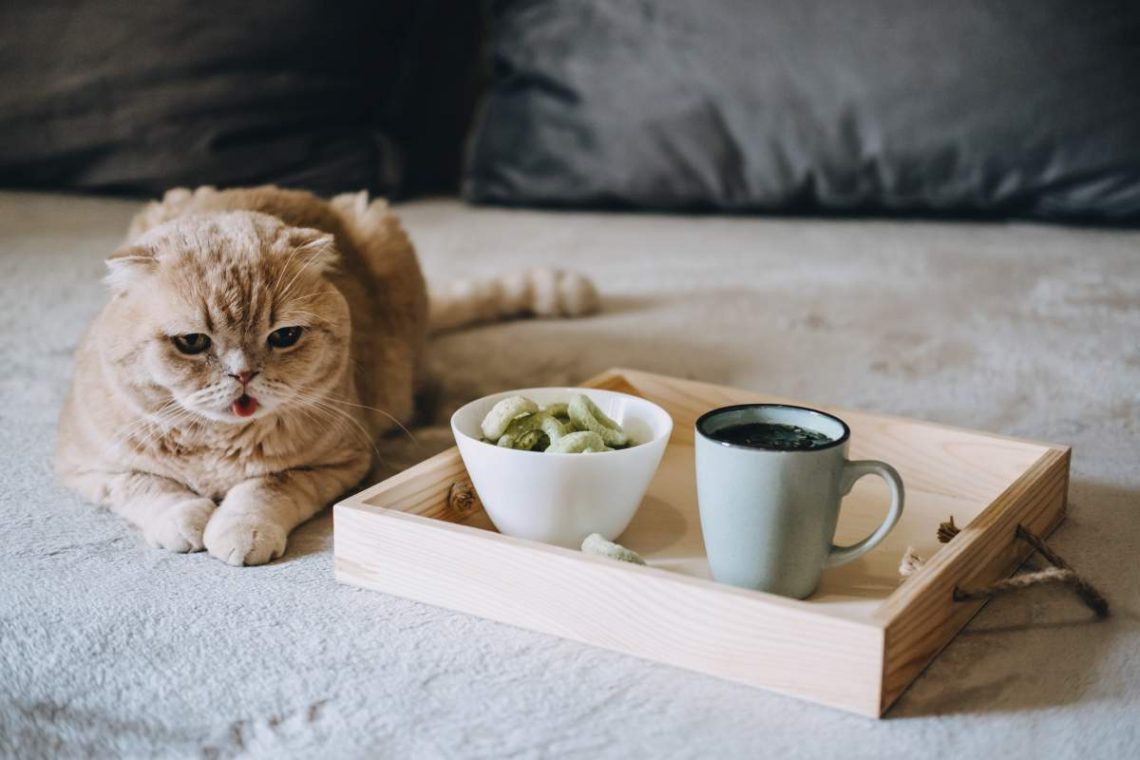
Embracing sustainable choices for your pet offers a wide array of advantages for your animal, your home, and the planet.
A. Reduced Environmental Footprint
The most direct benefit is contributing to a healthier planet by:
- Minimizing Waste: Less plastic in landfills and oceans.
- Conserving Resources: Less demand for virgin materials and intensive farming.
- Lowering Emissions: Reduced greenhouse gases from production and transportation.
- Protecting Biodiversity: Supporting sustainable sourcing practices.
B. Improved Pet Health and Safety
Many eco-friendly products are made with natural, non-toxic ingredients, which is beneficial for your pet’s well-being.
- Fewer Harmful Chemicals: Reduces exposure to harsh chemicals found in conventional shampoos, cleaners, or synthetic materials.
- Reduced Allergies/Sensitivities: Natural ingredients often lead to fewer skin irritations or allergic reactions.
- Safer Materials: Toys made from natural rubber or organic cotton avoid potentially harmful plastics or dyes.
C. Healthier Home Environment
Using natural cleaning and grooming products reduces the amount of harsh chemicals and artificial fragrances released into your home’s air, creating a healthier living space for both humans and pets.
D. Support for Sustainable Industries
By choosing eco-friendly products, you’re directly supporting businesses committed to environmental responsibility, encouraging further innovation and market growth in this vital sector.
E. Long-Term Cost Savings (Potentially)
While some eco-friendly products might have a higher upfront cost, their durability and quality can lead to long-term savings by reducing the need for frequent replacements. Bulk purchasing or DIY options also offer savings.
F. Leading by Example
Making sustainable choices for your pet sets a positive example for others and contributes to a broader cultural shift towards environmental responsibility.
Practical Steps for Pet Owners to Go Green
Transitioning to a more eco-friendly pet care routine doesn’t have to happen overnight. Even small changes can make a big difference.
A. Start with Pet Waste
- Use Biodegradable Bags: Make the switch to compostable or biodegradable poop bags immediately.
- Explore Eco-Friendly Litter: If you have a cat, research and try natural, clumping litters made from corn, wheat, wood, or paper.
- Consider Composting: For dog owners, investigate specialized pet waste composters for your backyard (ensure proper composting to kill pathogens).
B. Evaluate Your Pet’s Diet
- Research Brands: Look for pet food brands that prioritize sustainable sourcing, use alternative proteins, or incorporate upcycled ingredients.
- Reduce Food Waste: Store food properly, measure portions accurately, and avoid overfeeding to prevent spoilage.
- Consider DIY Treats: Make simple, healthy treats at home using human-grade ingredients.
C. Choose Sustainable Toys and Accessories
- Prioritize Durability: Invest in high-quality, long-lasting toys and accessories to reduce the need for frequent replacements.
- Opt for Natural Materials: Look for toys made from natural rubber, hemp, organic cotton, or sustainably sourced wood.
- Recycled Content: Choose beds, collars, and toys made from recycled plastics or fabrics.
- DIY Toys: Repurpose old t-shirts into tug toys or cardboard boxes into cat forts.
D. Green Your Grooming Routine
- Switch to Natural Shampoos: Select pet shampoos and conditioners with plant-based, biodegradable ingredients free of harsh chemicals.
- Water Conservation: Use low-flow nozzles during baths and avoid leaving water running.
- Eco-Friendly Brushes: Opt for brushes made from sustainable bamboo or recycled materials.
E. Consider Your Pet’s Carbon Paw Print
- Walk More, Drive Less: For short trips to the park or vet, consider walking if feasible.
- Minimize Single-Use Items: Opt for reusable water bottles and food containers for travel.
- Adopt, Don’t Shop: Supporting local animal shelters and rescues helps reduce the demand for mass-bred animals and their associated environmental impact.
F. Support Ethical and Transparent Brands
Look for certifications that indicate genuine commitment to sustainability (e.g., B Corp, USDA Organic, MSC, various cruelty-free or fair trade certifications). Read labels and company websites carefully.
Addressing Challenges and Misconceptions
While the shift to eco-friendly pet products is positive, there are common questions and challenges.
A. Cost
Some sustainable products can be more expensive upfront due to specialized materials or smaller-scale production. However, consider the long-term benefits for health and durability, which can offset costs. Increased demand will also likely drive prices down over time.
B. Availability
While growing rapidly, eco-friendly options might not be as widely available in every local pet store. Online retailers often offer a much broader selection.
C. “Greenwashing”
Be wary of “greenwashing,” where brands make vague or misleading claims about their environmental practices without genuine commitment. Look for specific certifications and transparent information.
D. Effectiveness
A common misconception is that natural products are less effective. Many eco-friendly pet products are highly effective and often formulated with scientifically backed natural ingredients.
E. Education
Understanding the true environmental impact of different choices requires a bit of research. Educating yourself is key to making truly impactful decisions.
The Future of Eco-Friendly Pet Products
The sustainable pet product market is not static; it’s a dynamic field poised for significant innovation.
A. Advanced Bioplastics and Biodegradable Materials
Development of next-generation packaging materials that are truly compostable or fully biodegradable without leaving microplastic residues.
B. Circular Economy Models
More brands will implement closed-loop systems, offering refill programs, take-back schemes for used packaging, or recycling initiatives for old pet products.
C. Hyper-Sustainable Ingredient Sourcing
Increased investment in regenerative agriculture, vertical farming for ingredients, and precision fermentation to produce pet food components with minimal environmental impact.
D. Smart, Sustainable Pet Tech
Eco-friendly smart pet devices (e.g., feeders, monitors) that are energy-efficient, made from sustainable materials, and have clear end-of-life recycling programs.
E. Transparency Through Blockchain
Utilizing blockchain technology to provide immutable records of a product’s journey, from raw material sourcing to the finished product, ensuring genuine sustainability claims.
F. Mainstream Adoption
As consumer demand continues to rise, eco-friendly pet products will become the norm rather than the niche, pushing major manufacturers to adopt sustainable practices.
Conclusion
The evolution towards eco-friendly pet products is more than just a passing trend; it’s a crucial step in fostering a harmonious relationship between our pets, our lifestyles, and the health of the planet. By consciously choosing sustainable alternatives for food, waste management, grooming, and accessories, pet owners can significantly reduce their environmental footprint while simultaneously ensuring their beloved companions benefit from safer, more natural, and often higher-quality options.
Every responsible choice, no matter how small, contributes to a larger collective effort. Embracing a greener paw print isn’t just good for the environment; it’s a powerful way to express our love for our pets by safeguarding the world they play in. Let’s make every purchase a step towards a healthier, more sustainable future for all.

